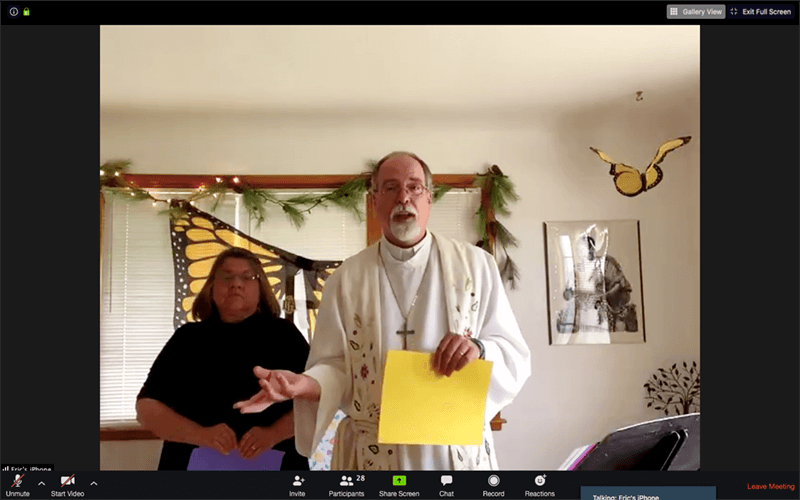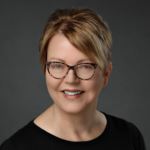Faithfulness Connects Those We Serve
Mosaic’s mission statement is “Embracing God’s call, Mosaic relentlessly pursues opportunities that empower people.”
Embracing God’s call. This is woven into Mosaic’s DNA.
Faithfulness is so important to Mosaic’s model of whole-person healthcare. When the COVID-19 pandemic began, the question immediately became how to continue worship services to keep the people Mosaic serves connected to their spirituality without jeopardizing their physical health.
As an example of what’s happened across Mosaic, the pastors at Mosaic in Axtell, Nebraska (Pastor John Gosswein with his wife Judy) and at Mosaic in Beatrice, Nebraska (Pastor Eric Spruth-Janssen with his pastor wife Amalia and Mosaic staff member Micah, who is also their son) moved immediately, together as a team, to set up virtual worship services.
“All of us got excited,” said Jim Fields, Senior Community Relations Manager at Axtell. “Pastor John had been wanting to conduct virtual worship before the pandemic. COVID made them an imperative.”

Pastor Eric Spruth-Janssen (right) with his wife, Pastor Amalia on a Zoom screen during virtual worship
“As we quickly built the virtual program, we were able to engage more people Mosaic serves,” said Gosswein. “Some people had been separated from the church before the pandemic simply because there had been obstacles for them. It’s physically difficult for many people with intellectual and developmental disabilities to visit. It’s also sometimes hard for staff to take some they serve to church because they have complex medical issues.”
“Virtual worship broke through all that,” added Spruth-Janssen. “When we started the services, the people we had served before in-person were so happy to see us again! And, with the now often-used technology platform, we encourage them to participate in a way that they may not have before.”
One way the pastors encouraged participation was by developing a truly visual way to communicate prayer, songs and joy based on American sign language. They said it worked so well that now the visual language is an integral part in the services.
According to Spruth-Janssen, “We use American sign language as our base; it speaks not only to those who are deaf. Our services are very active. People participate rather than just watch.”
“For example, when we talk about God’s loving compassion, we invite participation by articulating it via our voices that ‘God loves you’ and by hugging ourselves,” said Micah Spruth-Janssen. “Most will give themselves a hug at the same time, and they understand, and they are joyous.”
Micah Spruth-Janssen added, “One of the people Mosaic in Axtell supports is Easton Nichols, 22. He can vocalize a bit, but mostly not in words, so he signs. As part of the end of the service, he signs The Butterfly Song by gesticulating all the words and all the animals. One of his housemates help with leading the song, and we all trade off on the verses and refrain. It’s magnificent.”
“We’ve grown, and we’re expanding this to other Mosaic groups to take turns leading,” stated Spruth-Janssen. “On a much broader basis, our society needs to develop church language that speaks to everyone and invites everyone to participate. These people are part of the Body of Christ, too. They have a voice.”


